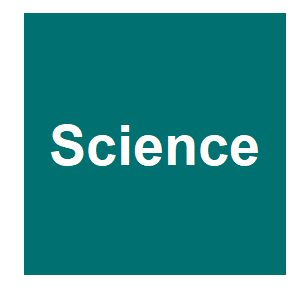
Keywords: honey bees

|
Engineered symbiotic bacteria interfering Nosema redox system inhibit microsporidia parasitism in honeybeesH. Lang, H. Wang, H. Wang, X. Xie, X. Hu, X. Zhang and H. Zheng, bioRxiv, 2023.01.13.524015. 2023.
Nosema ceranae is an emergent microsporidia parasite of the European honey bee (Apis mellifera), which causes serious nosemosis implicated in honeybee colony losses worldwide. N. ceranae is an obligate intracellular eukaryotic parasite that mainly invades the midgut of honeybees. ... Keywords: alvi, genetic biocontrol, honey bees, immunity, paratransgenesis, Snodgrassella, symbiont |

|
Genetic Tools for Integrated Management of Pests on Honeybees in the TropicsM. Pattabhiramaiah, S. Mallikarjunaiah and D. Brueckner, Genetic Methods and Tools for Managing Crop Pests, 2022.
The Asian honeybee is endemic to Asia where it has been used for honey production and pollination services from time immemorial. They are integral to modern agricultural productivity and to survival and vitality of natural ecosystems. However, recent declines in populations and ... Keywords: alvi, genetic biocontrol, honey bees, immunity, paratransgenesis, Snodgrassella, symbiont |

|
A gene drive does not spread easily in populations of the honey bee parasite Varroa destructorN. R. Faber, A. B. Meiborg, G. R. McFarlane, G. Gorjanc and B. A. Harpur, Apidologie, 2021.
Varroa mites (Varroa destructor) are the most significant threat to beekeeping worldwide. They are directly or indirectly responsible for millions of colony losses each year. Beekeepers are somewhat able to control varroa populations through the use of physical and chemical ... Keywords: alvi, genetic biocontrol, honey bees, immunity, paratransgenesis, Snodgrassella, symbiont |

|
A gene drive does not spread easily in populations of the honey bee parasite Varroa destructorN. R. Faber, A. B. Meiborg, G. R. McFarlane, G. Gorjanc and B. A. Harpur, bioRxiv, 2021.04.30.442149. 2021.
Varroa mites (Varroa destructor) are the most significant threat to beekeeping worldwide. They are directly or indirectly responsible for millions of colony losses each year. Beekeepers are somewhat able to control Varroa populations through the use of physical and chemical ... Keywords: alvi, genetic biocontrol, honey bees, immunity, paratransgenesis, Snodgrassella, symbiont |

|
Engineered symbionts activate honey bee immunity and limit pathogensP. Leonard Sean, J. E. Powell, J. Perutka, P. Geng, C. Heckmann Luke, D. Horak Richard, W. Davies Bryan, D. Ellington Andrew, E. Barrick Jeffrey and A. Moran Nancy, Science, 367:573-576. 2020.
Honey bees are essential pollinators threatened by colony losses linked to the spread of parasites and pathogens. Here, we report a new approach for manipulating bee gene expression and protecting bee health. We engineered a symbiotic bee gut bacterium, Snodgrassella alvi, to ... Keywords: alvi, genetic biocontrol, honey bees, immunity, paratransgenesis, Snodgrassella, symbiont |

Contact
David O’Brochta
Foundation for the
National Institutes of Health
geneconvenevi@fnih.org
RSS

